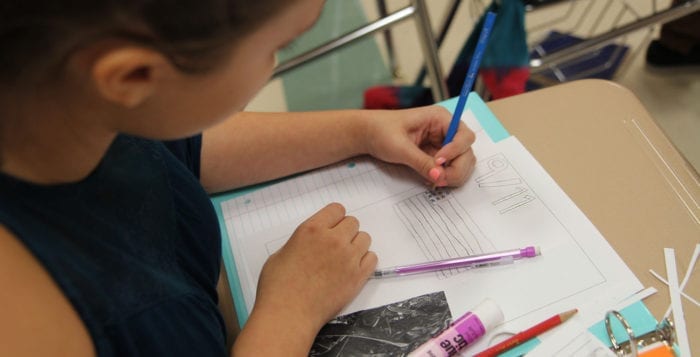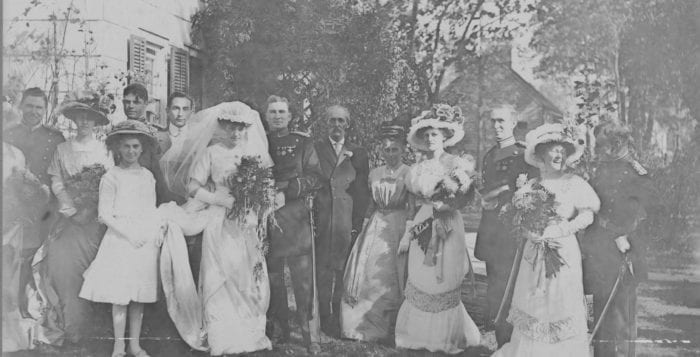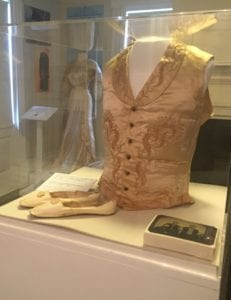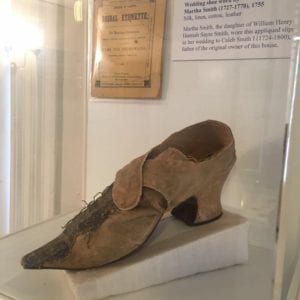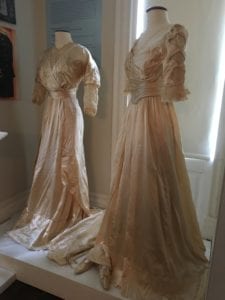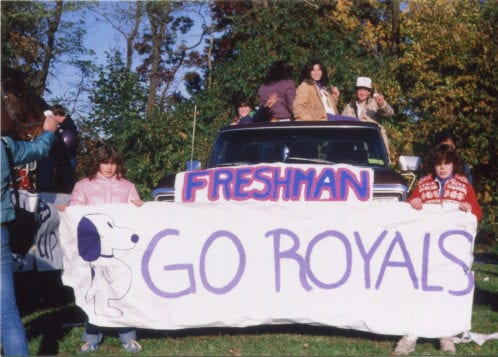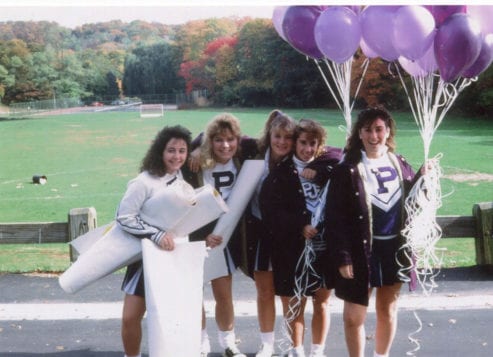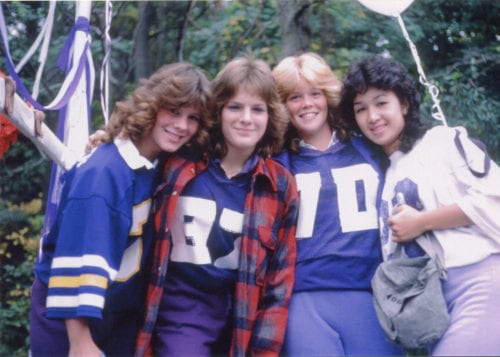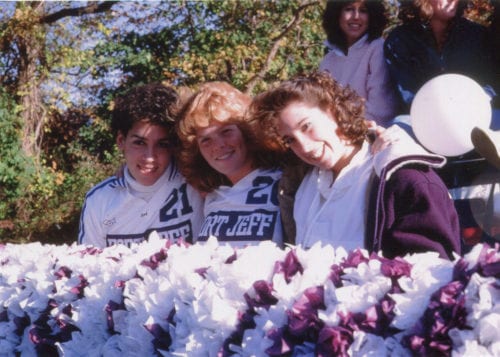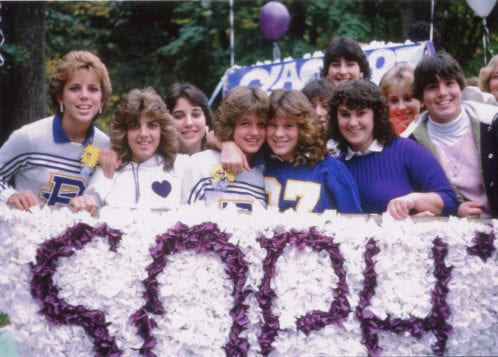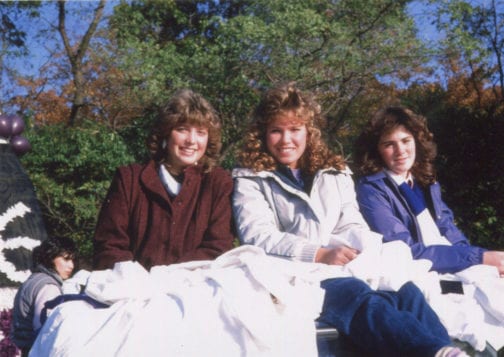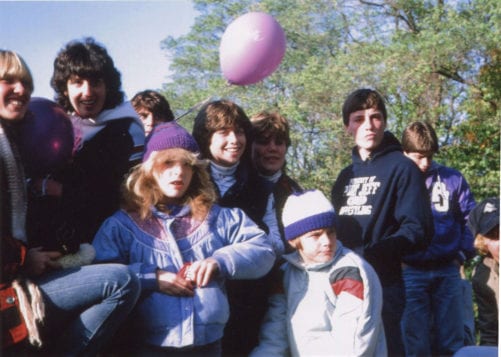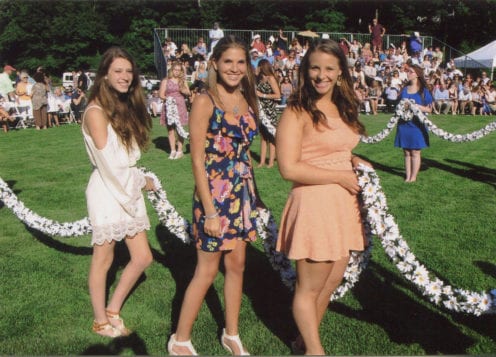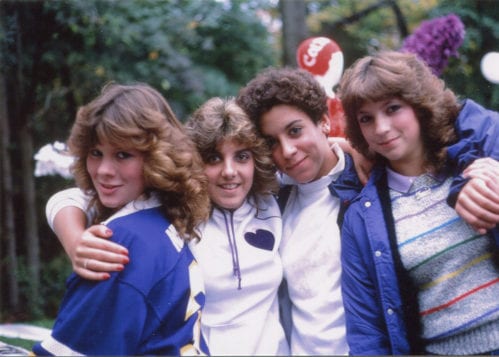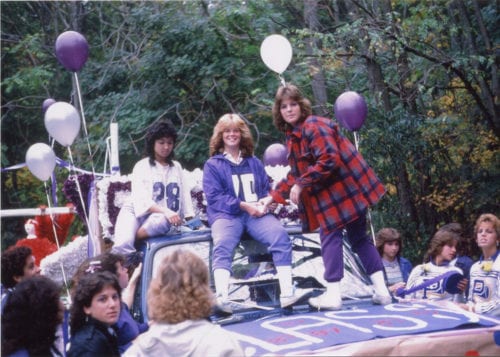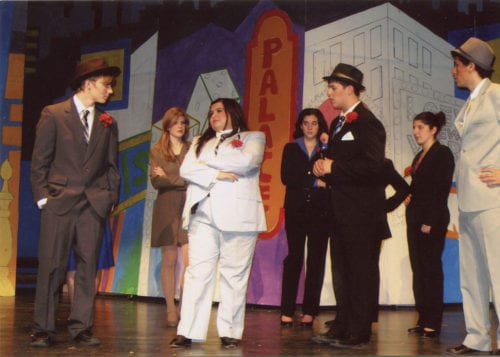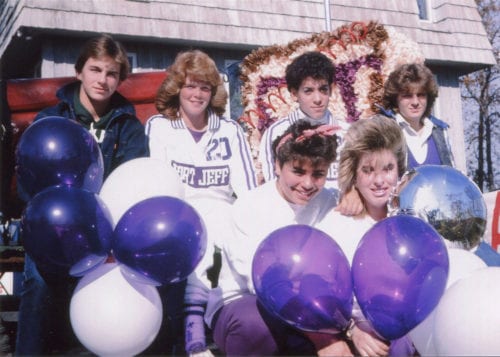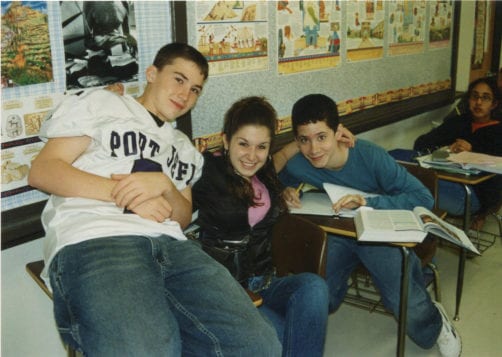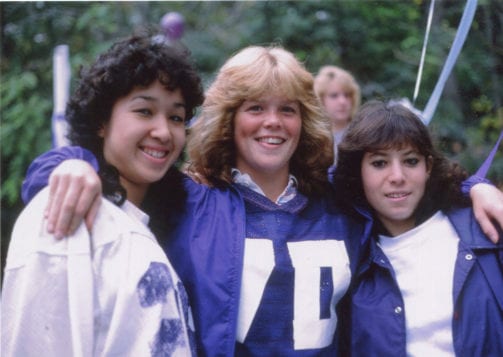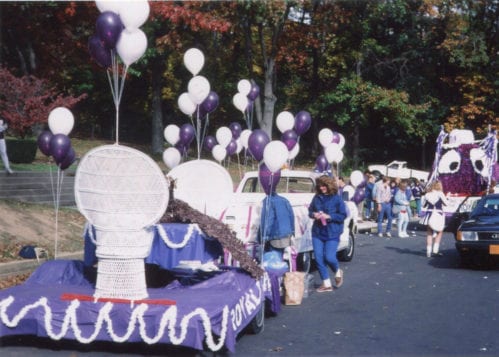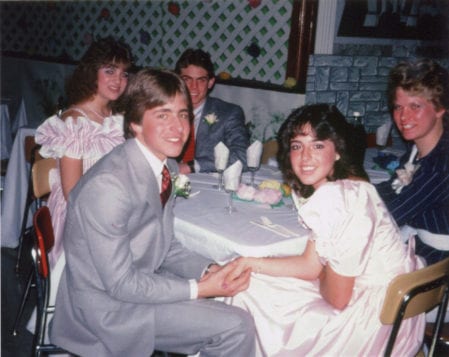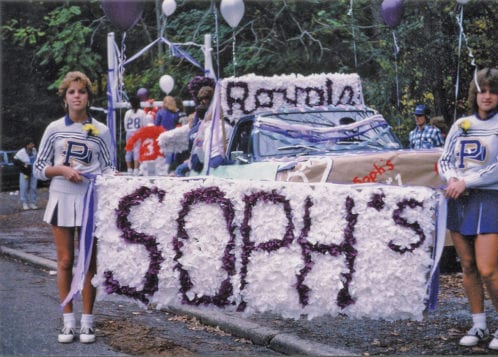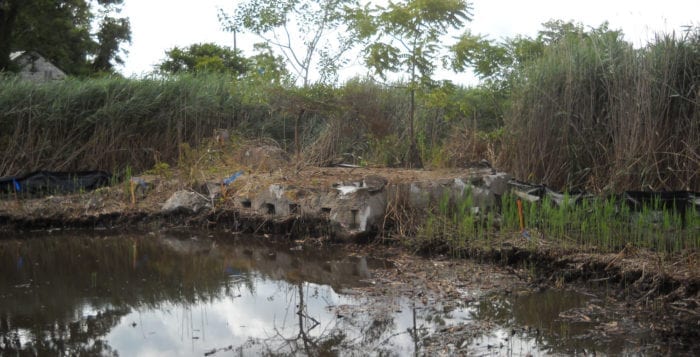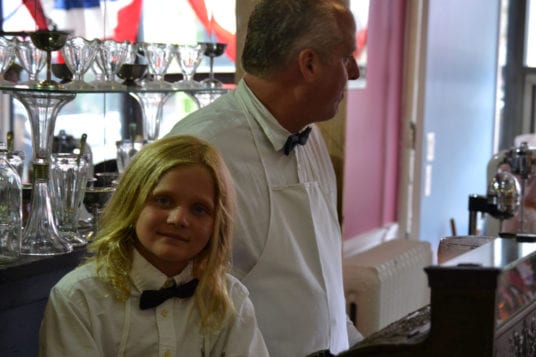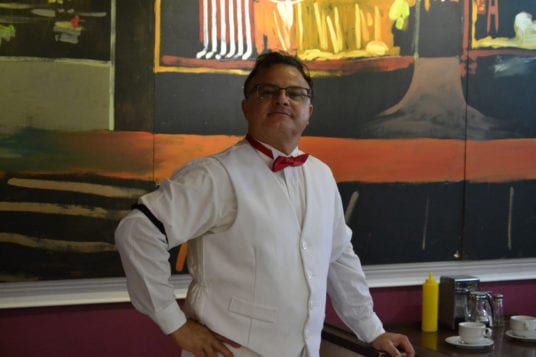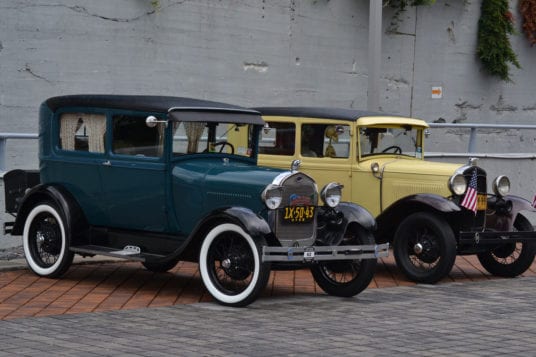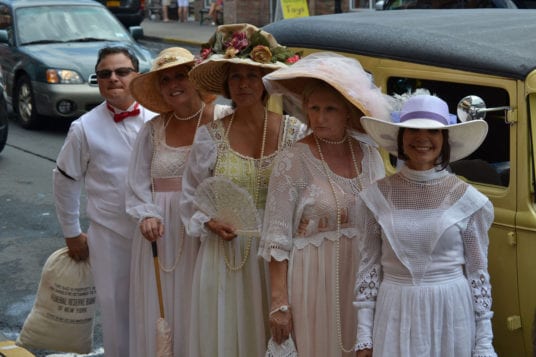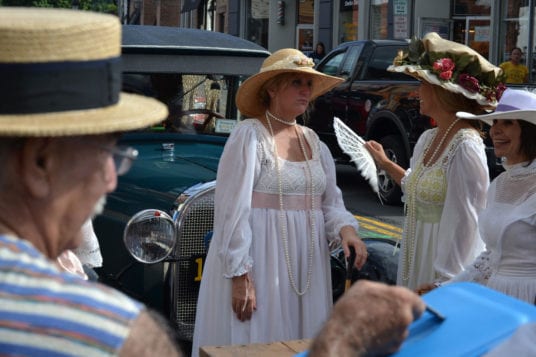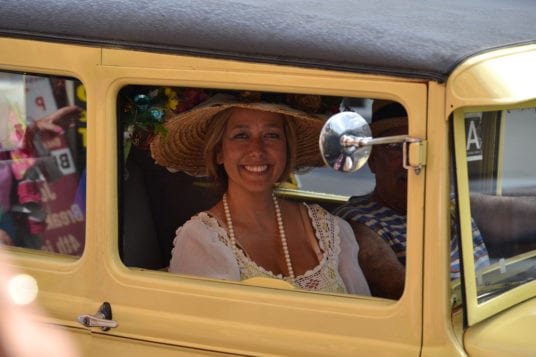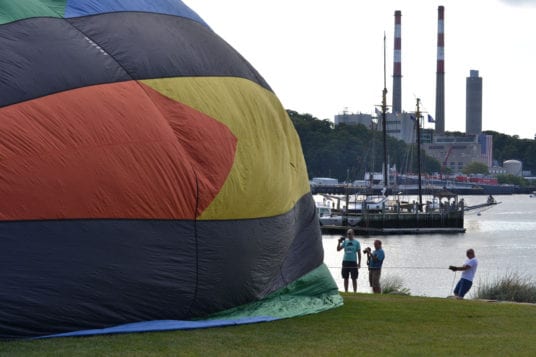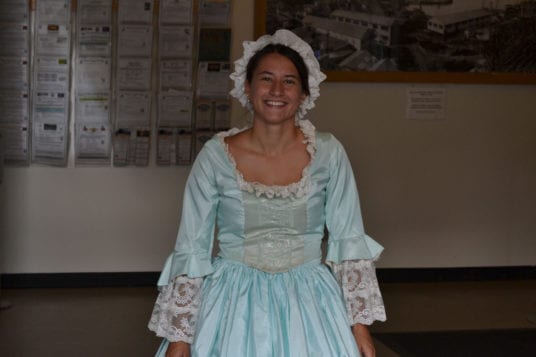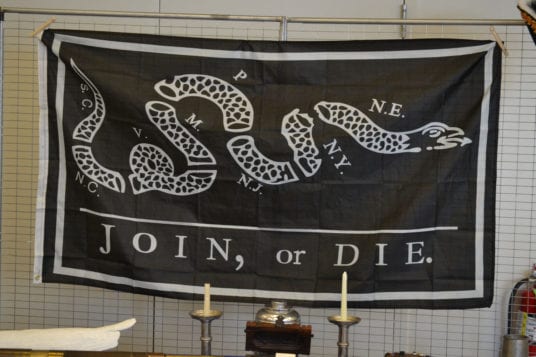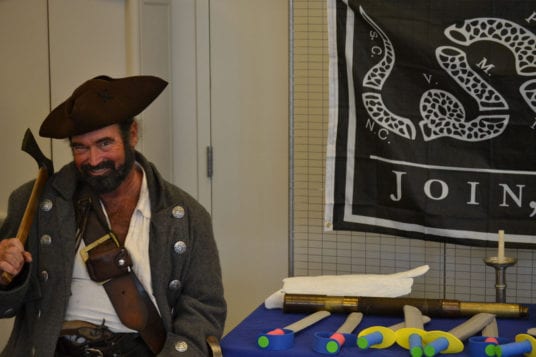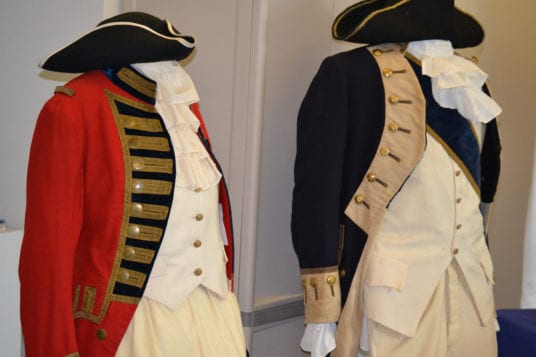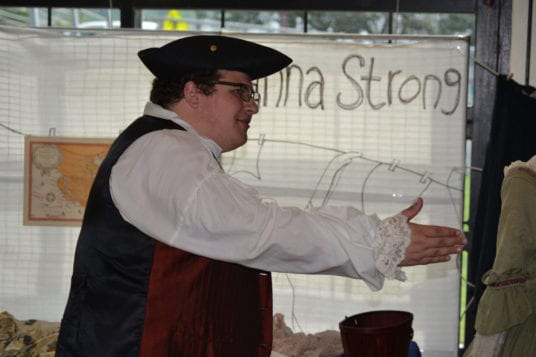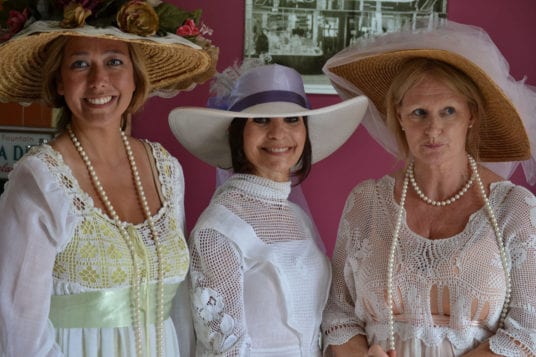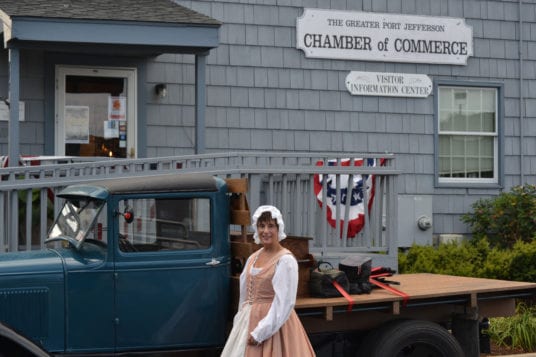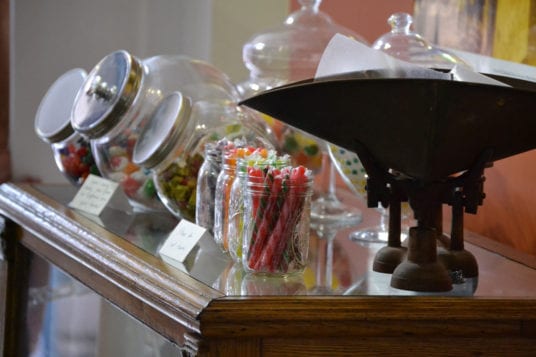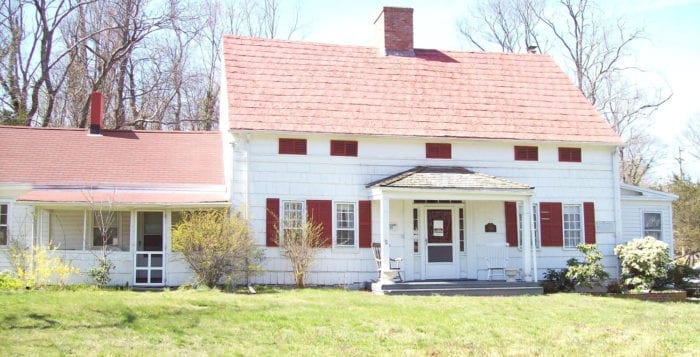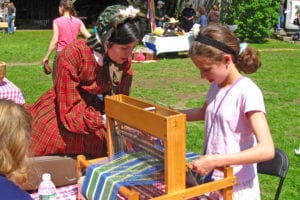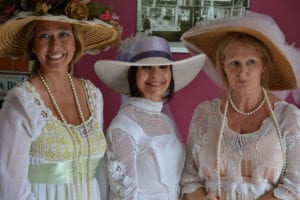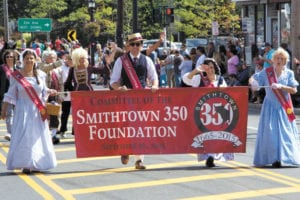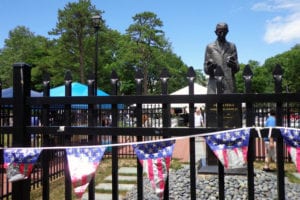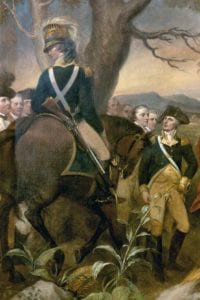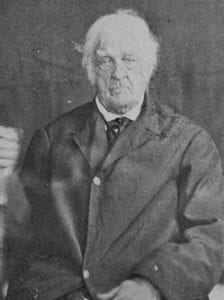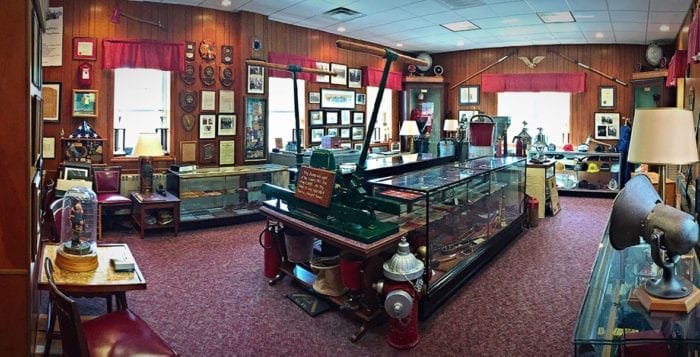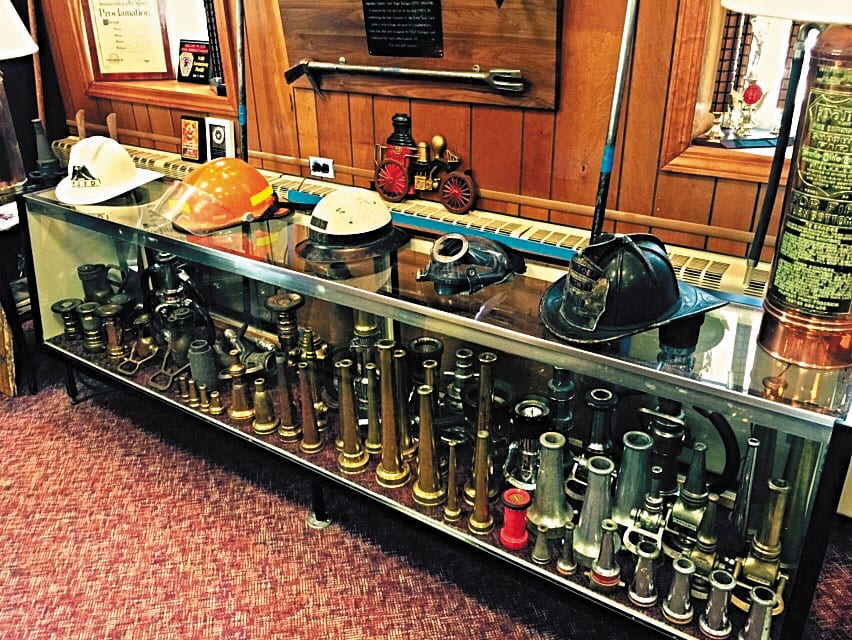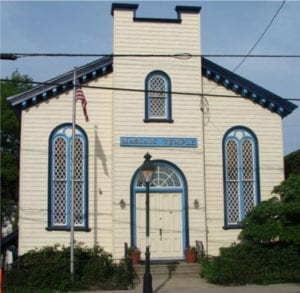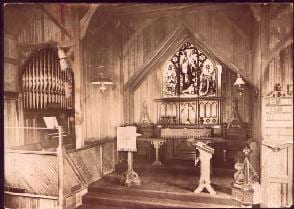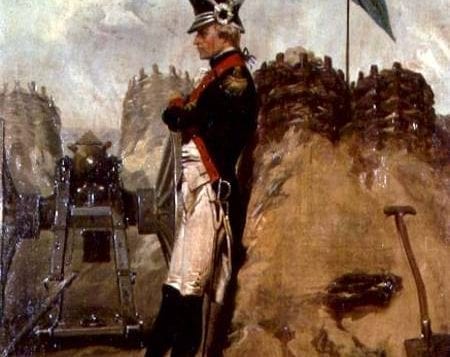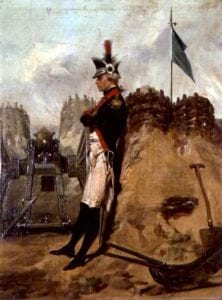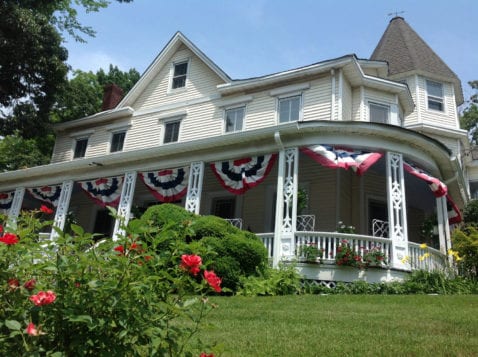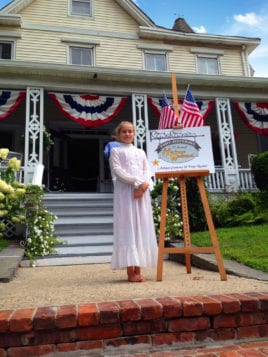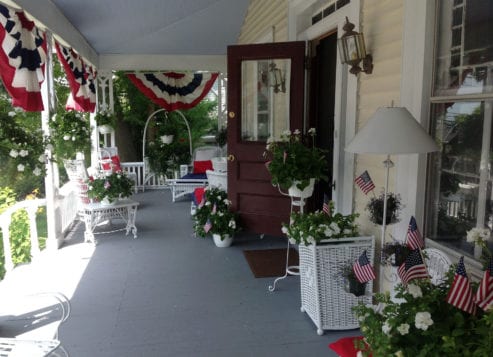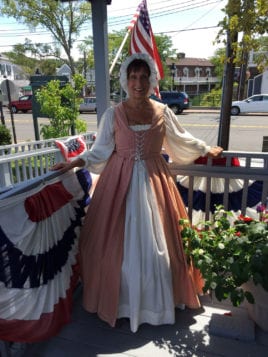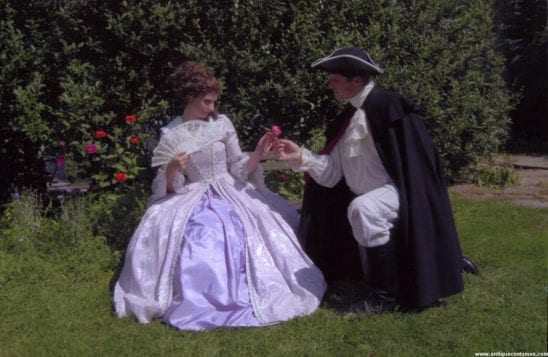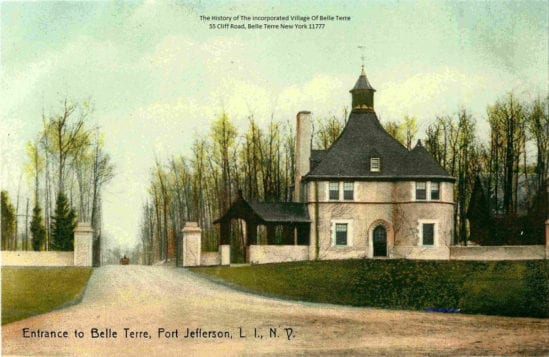By Alex Petroski & Victoria Espinoza
The world changed Sept. 11, 2001. For those who were alive and old enough to grasp the enormity of the event, what happened that day is very complicated and difficult to comprehend, even 15 years later. For those who weren’t born yet or were too young to remember the events, it’s even more challenging to comprehend. That is the task facing North Shore global and American history teachers welcoming eighth- and ninth-graders into their classrooms for the 2016 school year.
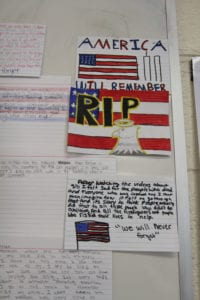
Wendy Blair-Braxton, an eighth-grade history teacher at Elwood Middle School, planned several days worth of lessons to help her students get an in-depth understanding of the events that transpired on 9/11.
Blair-Braxton started her lesson Sept. 9 by showing her students photos of 9/11, without telling students what the photos depicted.
“They had different reactions, some students said terrorism, some didn’t even realize we were talking about 9/11,” she said in a phone interview.
Blair-Braxton said after the students realized what the subject was, she showed videos about 9/11, to help put the students in the shoes of those at Ground Zero.
“I tried to teach the emotional aspects of 9/11,” she said. “It really did hit home for a lot of the students. I also explained to the kids, once you live through this type of history, all the emotions come back every time you revisit it. You get the chills, and the goosebumps down your spine.”
She said many of her students became emotional after seeing the video and photos of the Twin Towers falling, and the classroom became “dead silent.”
The eighth-grade teacher said many students didn’t realize just how many aspects of their lives were affected by the attacks.
“They didn’t realize added security now at airports was because of this,” she said.
The Elwood students’ lessons eventually went into further detail about the Patriot Act, terrorism and the Department of Homeland Security, as Blair-Braxton said she tried to show the students how 9/11 was a turning point in the United States.
Students were asked to write reflections on index cards, as Blair-Braxton played songs like “My City of Ruins” by Bruce Springsteen, a popular ballad that took on new meaning after 9/11 and helped raised funds for first responders.
After the lesson, students wrote down their thoughts on reflection cards.
“We had a child who was actually questioning if there were people in the building when it went down. So a lot of them really don’t have any clue.”
— Erica Alemaghides
“I feel like I shouldn’t be that affected by what happened on 9/11, since I had no personal connection to anything that happened,” one student wrote. “Then why do I feel like it does affect me? It’s probably because of a mixture of shock and sadness realizing that it affected our country and everyone inside of the country is the country.”
Grasping the subject wasn’t any easier for a classmate.
“I feel that I can’t describe 9/11 in detail,” the student wrote. “I know all the videos, and people’s stories of how they reacted, but I wasn’t there. I don’t have any personal experience with the incident. I think 9/11 had the largest negative impact in the history of the U.S. New York City is known as the city that never sleeps, but for long after the incident the city slept. The whole city was silent. I feel horrible for all the people who lost their lives, and the people who lived on, carrying the crestfallen emotions of the deceased. 9/11 will never be lost in history.”
Erica Alemaghides, a social studies teacher at Rocky Point Middle School, said she tried to approach the lesson from a different perspective this year compared to years past.
“I feel it’s important to teach them about everything, all the facts having to do with it, because they really don’t know anything,” she said. “We had a child who was actually questioning if there were people in the building when it went down. So a lot of them really don’t have any clue. They’ve heard of it, but a lot of them didn’t even really know what terrorism is, or they just don’t understand it.”
She said some students didn’t realize how many planes were hijacked that day, and weren’t aware of the attack on the Pentagon and the plane crash in Pennsylvania.
Alemaghides’ new lesson plan required students to choose an artifact that might have been found in the rubble, which they then replicated and explained in a personal reflection.
She said she wanted students to understand how the nation changed after the deadly attacks, and what was done to make America safe.
“You don’t want everyone thinking every time you go into a building you have to worry about that happening,” she said.
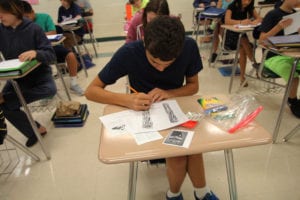
Port Jefferson high school global history teacher Jesse Rosen, who teaches ninth grade, said in a phone interview that his goal in teaching about 9/11 hasn’t changed much over the years. He prefers to approach the subject from a humanistic point of view, with minimal discussion of the global implications.
“I feel like it’s still so close and people still know someone who was affected that the humanistic aspect of it is where I want to stick,” he said in a phone interview.
Rosen teaches the lesson around a story originally revealed in an ESPN piece for the show “Outside the Lines” about “the man in the red bandana.” The piece tells the story of Welles Crowther, a former lacrosse player at Boston College, who carried a red bandana with him everywhere he went. Crowther died in the attacks, and his family later learned of his heroism on that day when they heard stories about a man with a red bandana helping to save people trapped in the building.
“I feel strongly that positive can come out of negative,” he said.
Rosen shared student responses following the lesson.
“Everything we have learned about Welles shares a common theme: he was a hero,” ninth-grader Katelynn Righi wrote. “For someone to risk their life to help other people shows a lot about that person. It shows their courage, bravery and that they will do anything to make sure others are alright. He decided to be a hero because that’s who he was.”

